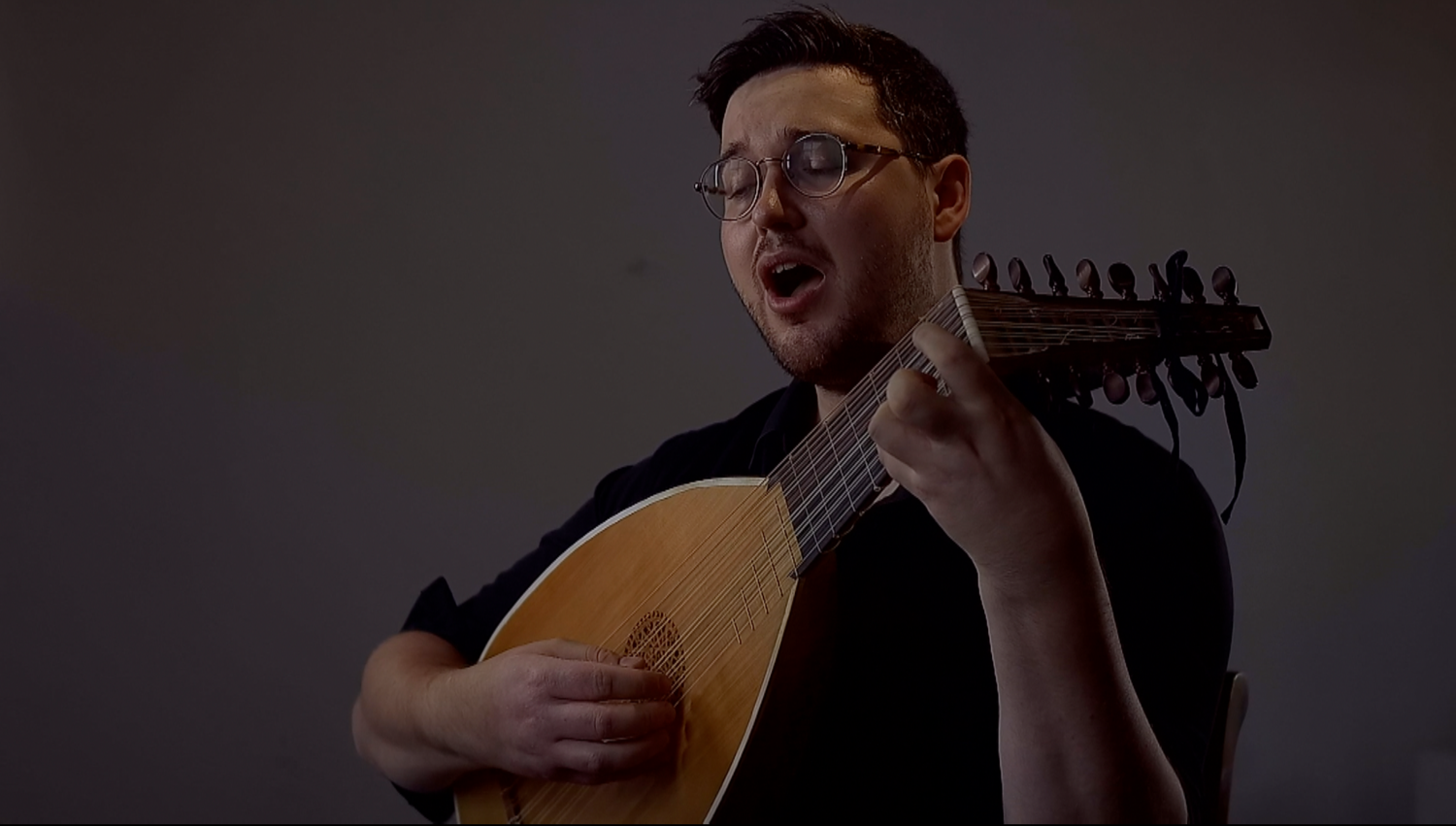Descartes on the Performance of Metrically Important Beats (1618)
- Tim Braithwaite

- Oct 14, 2021
- 2 min read
'Few have understood, how this Measure can be exhibited to the ears without a percussion, or stroke, in Musick, very diminute and of many voyces. This we say is effected only by a certain intension of the Spirit or breath, in Vocall Musick; or of the Touch, in Instrumental: so as from the beginning of each stroke, the sound is emitted more distinctly. Which all Singers naturally observe, and those who play on Instruments; principally in Tunes, at whose numbers we are wont to dance and leap: for, this Rule is there kept, that we may distinguish every stroke of the Musick, with a single motion of our bodies; to the doing of which we are also naturally impelled by Musick.'
'Pauci autem advertunt, quo pacto haec mensura sive battuta, in musica valde diminuta et multarum vocum, auribus exhibeatur. Quod dico fieri tantum quadam spiritus intensione in vocali musica, vel tactus in instrumentis, ita ut initio cuiusque battutae distinctius sonus emittatur. Quod naturaliter observant cantores, et qui ludunt instrumentis, praecipue in cantilenis ad quarum numeros solemus saltare et tripudiare: haec enim regula ibi servatur, ut singulis corporis motibus singulas Musicae battutas distinguamus. Ad quod agendum etiam naturaliter impellimur a Musica.'
---------------------------------------------------------------------------------------------------------------------
*Notes*
English: René Descartes and William Brouncker, Renatus Des-Cartes Excellent Compendium of Musick: With Necessary and Judicious Animadversions Thereupon (London: T. Harper, 1653).
Latin: Charles Adam and Paul Tannery, eds., Oeuvres de Descartes, 13 vols. (Paris: L. Cerf, 1897-1913) <https://chmtl.indiana.edu/tml/17th/DESCOM>
Although it seems fairly innocuous, I find this to be a very interesting passage, at least in part because the work was completed while Descartes was a mercenary in Breda, shortly after his' correspondence with the Dutch Polymath Isaac Beeckman. As the anniversary of Sweelinck's death (16th October, 1621) approaches, I find myself more and more drawn to discussions on the phrasing of seventeenth-century polyphony. Hopefully passages such as this can help dispel the idea that the absence of bar-lines must results in the absence of audible vertical organisation in performance.
The image below is a painting by David Teniers completed between 1649-1651 depicting a 'concert of cats.'





Comments